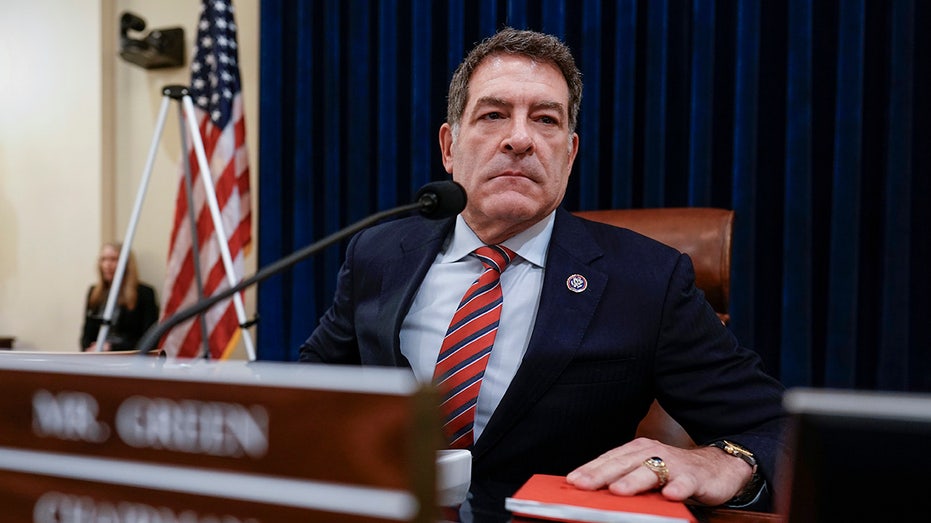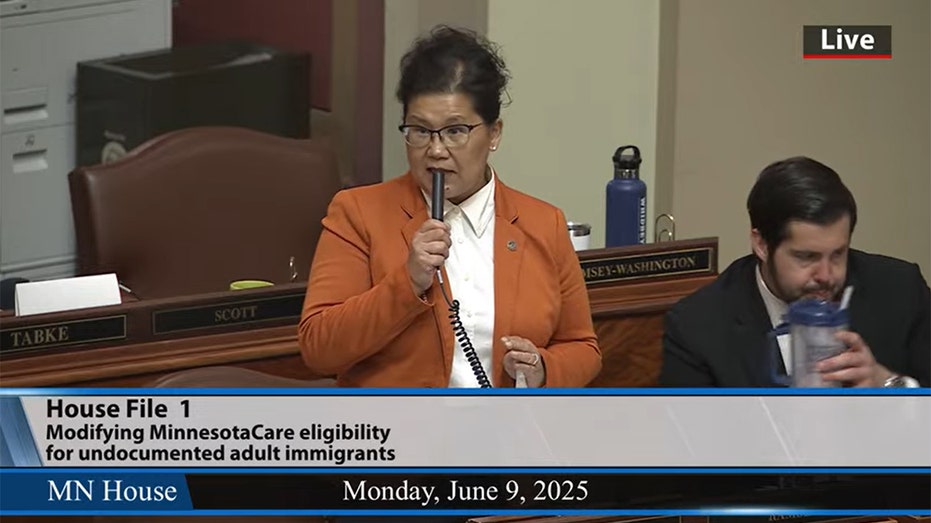Senior Cannabis Use On the Rise: New Research Highlights Growing Adoption Despite Health Risks
Experts warn rising cannabis use among older Americans may pose health risks and complicate chronic disease management.

Newly released data highlights a significant rise in cannabis use among Americans aged 65 and older, with researchers reporting a nearly 46% increase from 2021 to 2023. This surge, detailed by scientists at UC San Diego and NYU, signals a changing landscape as more states move toward marijuana legalization for both recreational and medicinal purposes, making the substance increasingly accessible to older demographics.
According to survey results published in a major medical journal, approximately 7% of seniors—out of 15,000 surveyed adults—reported using cannabis in the past month. This figure has dramatically risen from 4.8% in 2021 and 5.2% in 2022. The trend was particularly notable among women, who surpassed men in usage within this age group. Furthermore, higher cannabis consumption was linked to existing health issues such as hypertension, diabetes, cancer, and chronic obstructive pulmonary disease (COPD).
Socioeconomic factors also played a role: those with college or postgraduate degrees, annual incomes over $75,000, married status, or living in states with legalized medical cannabis were more likely to use marijuana. The study’s authors pointed out that while wealthier adults were initially less likely to use cannabis, by 2023 they reported the highest prevalence, suggesting that cost and access influence consumption patterns.
Researchers emphasized that the rapid increase in use among older adults, especially in states with legalized medical marijuana, underscores an urgent need for educational programs for both patients and healthcare providers. They warned that psychoactive cannabis products could complicate the management of chronic diseases in seniors, and cautioned that the study did not distinguish between recreational and medical use, nor did it analyze how frequently seniors were using these products.
Health professionals continue to raise red flags about the potential risks associated with growing cannabis use among the elderly. Dr. Joseph Palamar, senior author of the research, expressed concern that many older adults may be experiencing adverse psychiatric reactions, particularly with edible cannabis products, which are easy to overconsume. He attributed much of the rise in use to greater availability, reduced stigma, and people who previously used marijuana aging into the 65+ demographic.
Additional medical experts weighed in on the matter, noting that older adults often seek out cannabis to treat issues like sleep disturbances, pain, and anxiety. However, they highlighted serious side effects including increased risk of cardiovascular events such as heart attacks and strokes, hypertension, tachycardia, worsening COPD, and problematic interactions with other medications. Balance problems, delayed reaction times, confusion, cognitive impairment, and mood disturbances like anxiety or depression are other concerning risks for seniors.
Experts also warned about potential complications related to surgery and anesthesia, as well as slower healing in patients who use cannabis. They advised seniors to consult healthcare providers before using any marijuana product, citing the unique dangers posed to this age group—including hospital visits for psychosis, vomiting disorders, and car accidents linked to impaired cognition and judgment.
Some clinicians expressed alarm at trends observed in states with longer histories of legalization, describing increased emergency room visits and unanticipated health consequences. They compared the potential heart and lung damage from marijuana to that caused by cigarette smoking, noting that legal reforms may have outpaced medical preparedness.
As the debate over cannabis legalization continues, experts urge a cautious approach—emphasizing ongoing education, rigorous oversight, and thorough research to understand the full spectrum of risks and benefits, particularly for the nation’s rapidly growing senior population.




